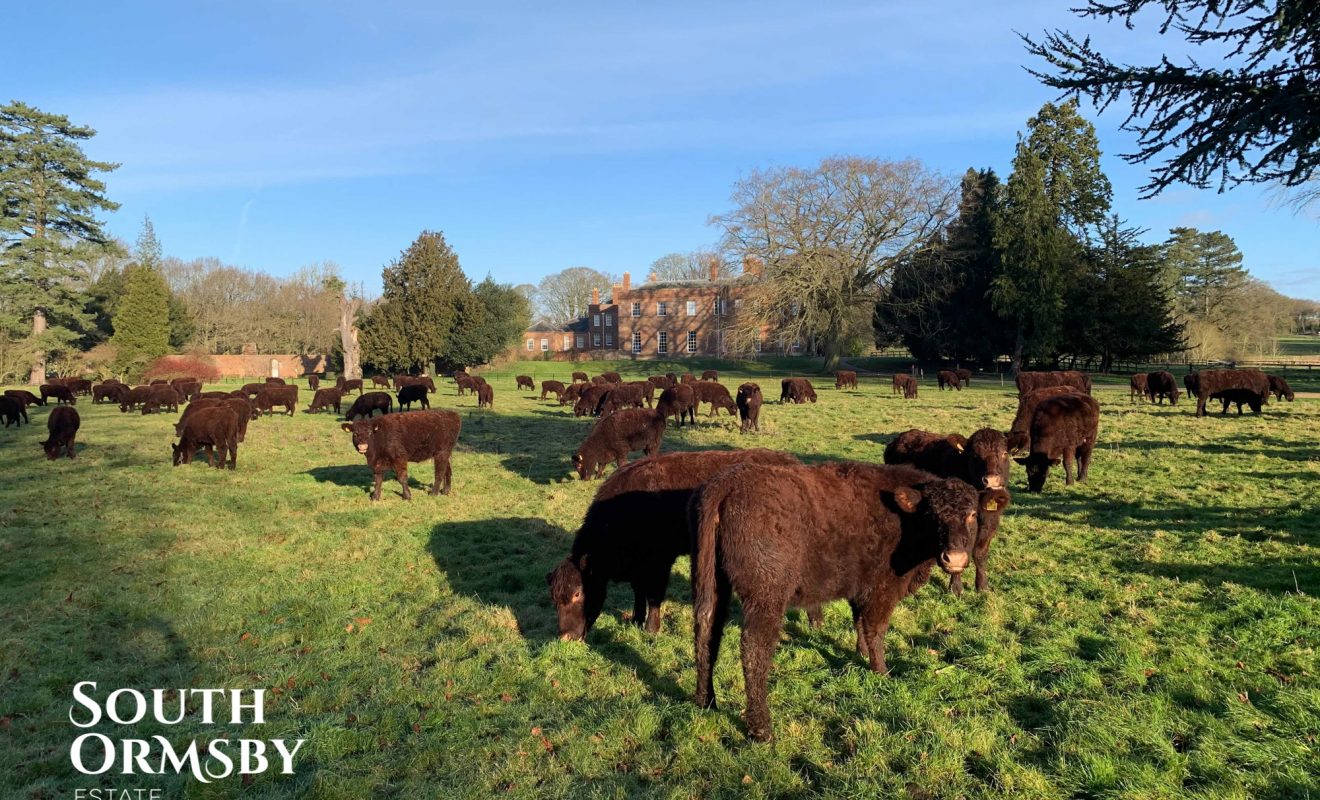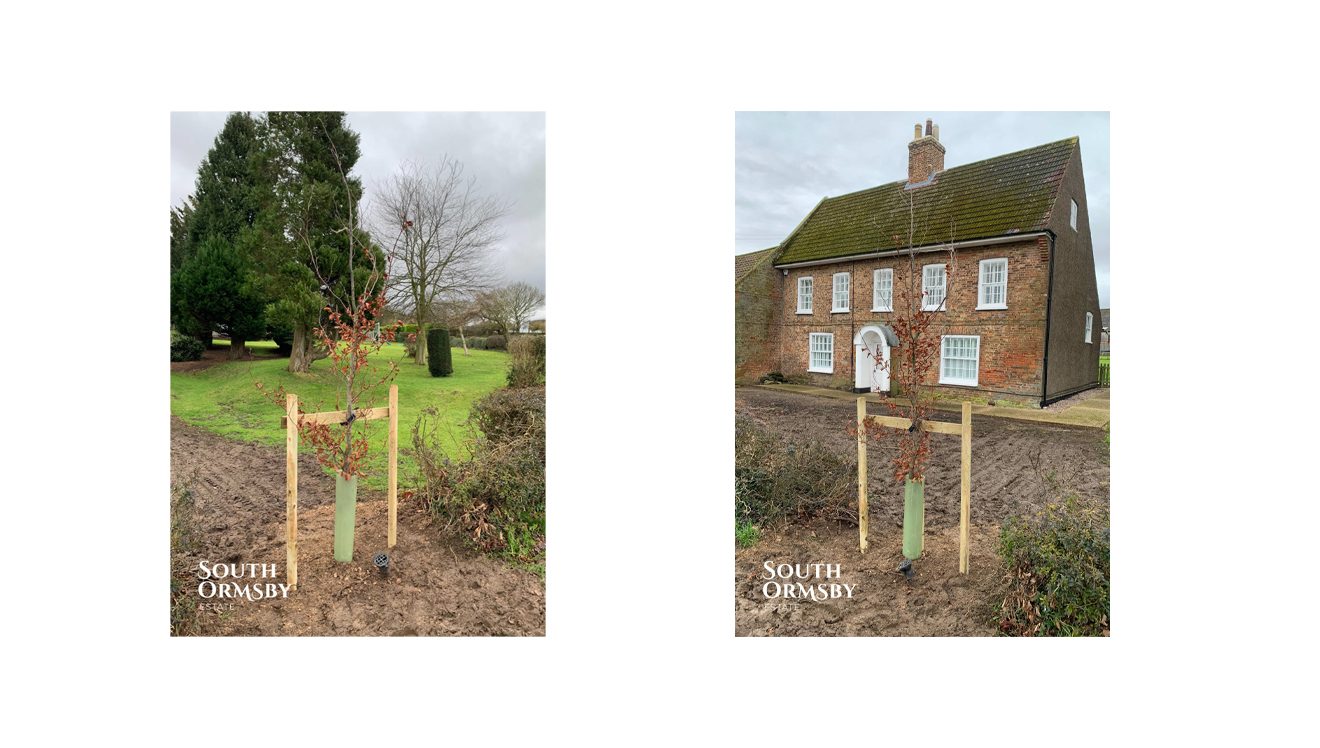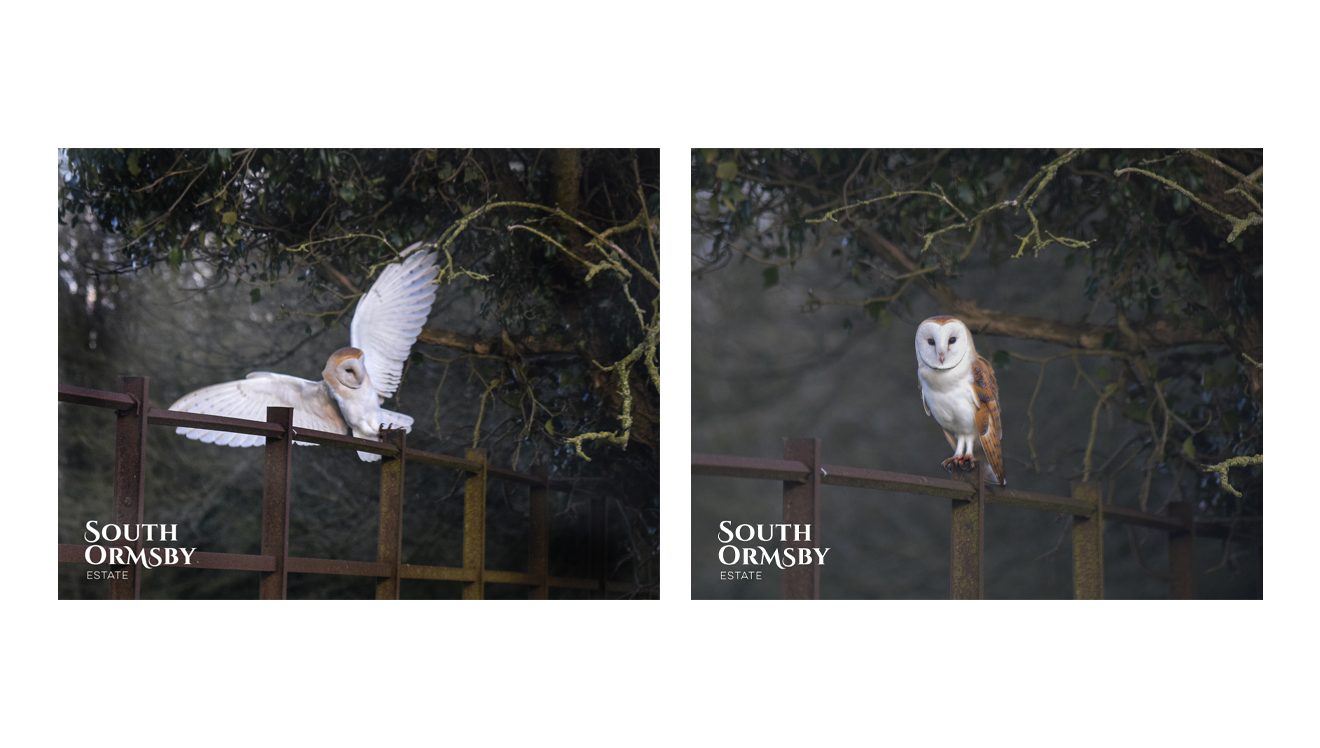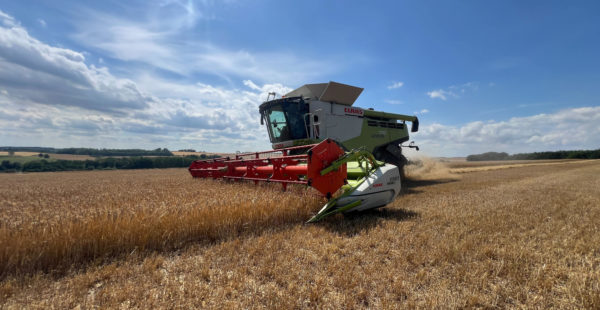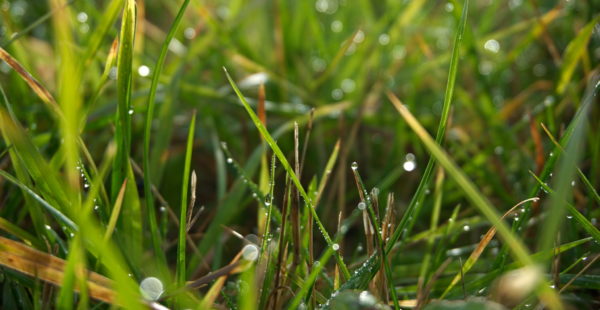Estate Photographer Damian Furlong came across another healthy indicator of biodiversity. One winter’s evening on Wesley Walk, a barn owl (Tyto alba) put on a fine display for Damian’s video camera, quartering a wide pasture to seek out mice and voles or perhaps to establish the lie of the land before dark.
In the latter half of the 20th century, barn owl numbers shrank due to the increased use of pesticides and changes in land use and architecture in rural areas. As an evolutionary gambit, the barn owl’s feathers have traded waterproofing for soundproofing, making the bird an effective stealth predator but leaving it at high risk of starvation in persistently wet winter weather.
Unlike the tawny owl, which exploits dense woodland to ambush its prey, the barn owl favours open pastures such as ours. Triangulating its prey with uncanny accuracy using its acute, offset hearing, the barn owl makes a silent approach, then in its final stoop uses its bright white underside to startle its prey into paralysis. Damian’s sighting of a healthy, hunting barn owl in winter is a good sign for the species and our wider biodiversity. Hopefully, we’ll see plenty of new residents for our barn-owl boxes this year.


